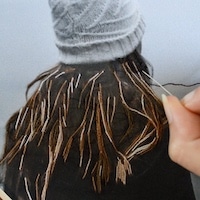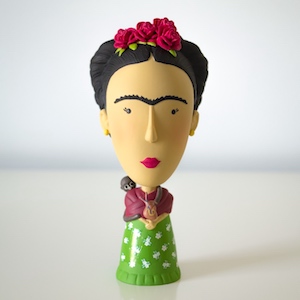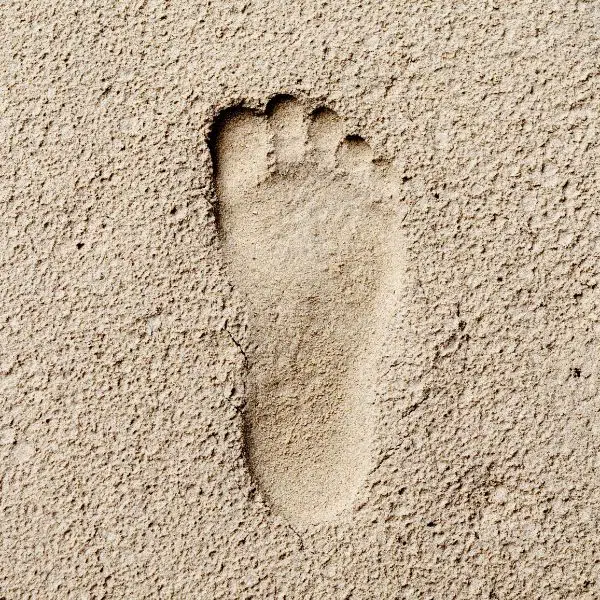
Photo: LisaStrachan/Depositphotos
The moai statues on Rapa Nui, or Easter Island, have long been shrouded in mystery. Out of all the questions that have plagued archaeologists since the discovery of these massive monoliths, the biggest queries have to do with their location and size. Since each one weighs several tons, how were they moved around and placed on their platforms? A new study published in the Journal of Archaeological Science seems to finally have an answer.
The moai are found primarily along the perimeter of the island. Believed to have been carved at the Rano Raraku quarry inland, the statues were later transported to stone platforms near coastal areas. There, they were often positioned one next to another, facing the interior of the island like timeless protectors. Although the quarry is located a little under a mile from the coast, transporting a moai with limited resources would have been a complicated endeavor.
Archaeologists Carl Lipo of Binghamton University and Terry Hunt of the University of Arizona analyzed 962 moai. Particularly, they focused on 62 megaliths that appeared to have been abandoned between the quarry and its final destination. Compared to the ones who made it to their ahu, or platforms, they had signs of damage from mechanical processes, rather than having been placed there deliberately.
Taking a look at Rapa Nui oral traditions that describe moai “walking” from the quarry, they set out to find out what that would have looked like. Thought to have been moved with ropes, the people transporting them would have used coordinated movements from side to side to advance each monolith.
The key element for this to work is in the incline and the center of mass of each moai, as well as their D-shaped bases. The rounded part served as a pivot point, while the slight incline of the megaliths—between six and 15 degrees—moved the center of mass around the base’s front edge. When tilted to the side, the statue would fall forward, held back by movers holding carefully placed ropes, resulting in a rocking motion that made the statue “walk”. Once in their spot, they were carved to remove the part that produced the incline, resulting in added stability.
To confirm their hypothesis, the scientists used a replica moai weighing 4.79 US tons. Aided by a team of 18 volunteers—four on the left rope, four on the right, and 10 on a rear rope—they were able to move the moai 328 feet in 40 minutes. Still, the inhabitants of Rapa Nui could have been moved by fewer people over a longer period of time.
Lipo and Hunt’s research suggests that Rapa Nui inhabitants had a sophisticated understanding of physics, particularly of resonance principles. More so, it further proves they did wonders with a relatively small population and challenges the theory that they were responsible for their own demise by overpopulating and causing deforestation on the island; it's something people have believed due to the massive amount of work needed to produce and move the hundreds of statues.
“Studies of the moai themselves suggest that a small population could have built and moved them,” Dr. Dylan Davis told The Guardian. “It just required cooperation.”
Sources: Easter Island Moai Statues Were Once ‘Walked’ to Their Platforms, New Study Finds; The walking moai hypothesis: Archaeological evidence, experimental validation, and response to critics;
Related Articles:
Stunning Photo Transforms Easter Island Head Into a “Gate Keeper to the Stars”
The World-Famous Easter Island Heads Have Bodies Buried Underground
1,700-Year-Old Roman Statue Accidentally Unearthed in Near-Perfect Condition






















































































